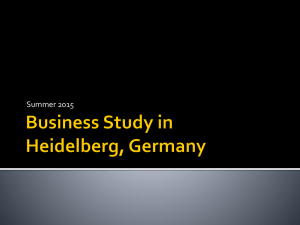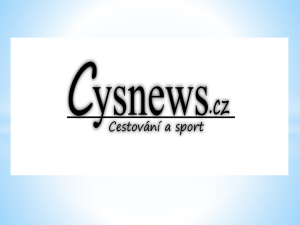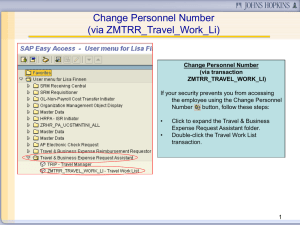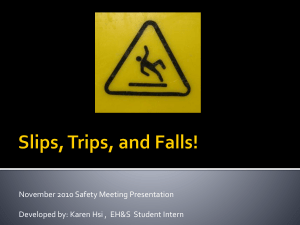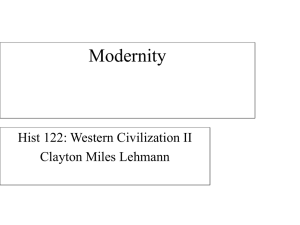Swimming and Children with ASD
advertisement
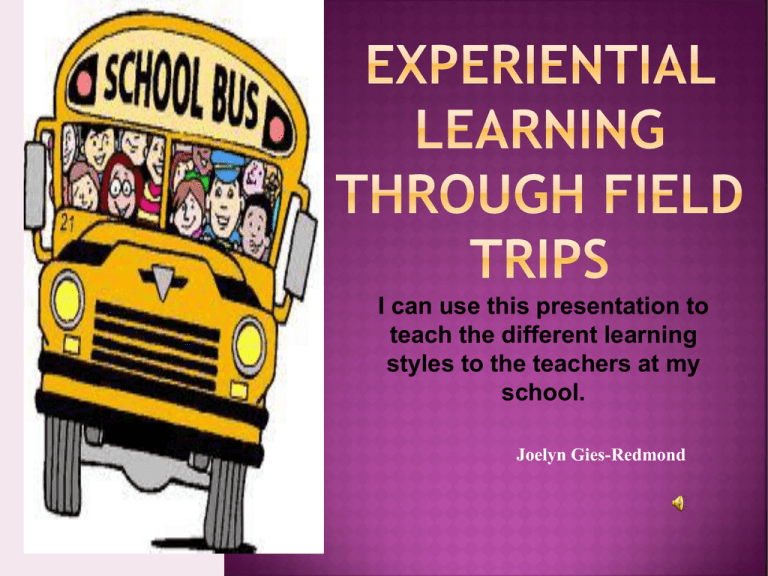
I can use this presentation to teach the different learning styles to the teachers at my school. Joelyn Gies-Redmond Students with learning disabilities only exposed to conventional teaching styles will most likely not reach their full potential. Textbooks and Worksheets (Brigham, Scruggs & Mastropieri, 2011) Visual Auditory Kinesthetic &Tactile (Noel, 2007) Auditory Learning Visual Learning Kinesthetic & Tactile Learning Visual Auditory Kinesthetic &Tactile Field trips that reinforce curriculum allow teachers the opportunity to engage all learning styles. In one case study researchers looked at a group of at risk high school students in rural Texas. All of the students in the study had not met one of the high school graduate requirements even though it was previously taught to them. The objective was for students to identify a science discipline and how it related to a career. Researchers planned a field trip to a local technical/vocational training campus with pre, during and post lessons. Students toured the campus and conducted interviews. Researchers interviewed participants 10 days later and found all had met the learning requirement. Researchers concluded that when students are put into the correct context students are able to make the learning connection from the classroom to the world around them. (Hutson, Cooper & Talbert, 2011) Another study focused on the memory retention of students from a field trip that relied heavily on primary sources. Students from a fourth grade class traveled to Carver National Monument. Students took part in an interactive walking trail and onsite lab activities. Researchers interviewed students one year later and found that the students memory was mostly based on lessons that required their active participation. Farmer, Knapp & Benton, 2007 A second case also focused on the memory retention of field trip goers. A group of fifth grade students traveled to the Shenandoah National Park. Students took part in an interactive hike up the mountain collecting rocks and dirt, examining soil and identifying trees. Researchers interviewed students one year later and found that all students had some degree of memory and all the memories relied heavily on the actions the students had participated in. Researches concluded that episodic memory aided in semantic memory. Farmer, Knapp & Benton, 2007 •Episodic Memory-Stores the memory of events in our lives •Semantic Memory-Stores the memory of knowledge and concepts •Field trips provide an "episodic" or experiential context that can help achieve semantic information. Farmer, Knapp & Benton, 2007 In a collaboration project done with district teachers, a local university professor and museum educators worked together to develop a study of unit that involved a local historical site of a one room schoolhouse The group worked together to create pre-, during and post lessons that hit the state standards and a variety of learning styles. The pre-lessons engaged students in hands on exploratory time of artifacts from the one room school house. Students put together a timeline with premade visuals to represent important events. The onsite lessons had participants take part in a day in the life of a one room school house student. Back in their own classroom students reflected on their experience in discussion and wrote in their journals comparing (Coughlin, 2010). and contrasting school life then and now. Teachers should Conduct in class lessons that build prior knowledge Visit the site beforehand Know the exhibits and artifacts that support the in class curriculum Collaborate with site’s educator Share the learning objective with students Prepare the students for the logistics of the day(Share the agenda, map) Specific Rules (Nabors, Edwards & Murray, 2009). Avoid relying heavily on the texts in the exhibits Less is more Keep students cognitively engaged Bring clipboards Encourage observation, group work and discussions Be wary of students energy level (Nabors, Edwards & Murray, 2009). Students should share their experiences and report learning back to the classroom Lessons Assess should continue to build off the topic student learning (Nabors, Edwards & Murray, 2009). Day One Museum educators explain how to make pre, during and post lesson plans. Museum educators model teaching a lesson using museum exhibits Teachers get time to walk the museum in order to be familiar with the layout of the museum Day Two Each teacher picks an exhibit that supports one of their curriculum units and writes a lesson for it. Teachers demonstrate their lessons for each other. Teachers learn how to plan field trips that align with curriculum Teachers become AMNH experts Teachers use more multisensory learning activities Students with learning disabilities will be more engaged in class and on field trips Teachers incorporate field trips into their future curriculum Questions? Comments? Suggestions? Brigham, F. J., Scruggs, T. E., & Mastropieri, M. A. (2011). Science education and students with learning disabilities. Learning Disabilities Research & Practice, 26(4), 223-232. Coughlin, P. K. (2010). Making field trips count: Collaborating for meaningful experiences. The Social Studies (Washington, D.C.), 101(5), 200-210. Farmer, J., Knapp, D., & Benton, G. M. (2007). The effects of primary sources and field trip experience on the knowledge retention of multicultural content. Multicultural Education, 14(3), 27-31. Fisher, Douglas1,2, dfisher@mail.sdsu.edu, Frey, Nancy1,2, nfrey@mail.sdsu.edu, & Lapp, Diane2,3, lapp@mail.sdsu.edu. (2012). Building and activating students' background knowledge: It's what they already know that counts. Middle School Journal, 43(3), 22-31. Gillett, J. (2011). The use of experiential education and field trips for learning. Journal of Educational Multimedia and Hypermedia, 20(2), 173-177. Gupta, P., Adams, J., Kisiel, J., & Dewitt, J. (2010). Examining the complexities of schoolmuseum partnerships. Cultural Studies of Science Education, 5(3), 685-699. Hutson, T., Cooper, S., & Talbert, T. (2011). Describing connections between science content and future careers: Implementing texas curriculum for rural at-risk high school students using purposefully-designed field trips. Rural Educator, 33(1), 37-47. Knapp, D. (2007). A longitudinal analysis of an out-of-school science experience. School Science and Mathematics, 107(2), 44-51. Nabors, M. L., Edwards, L. C., & Murray, R. K. (2009). Making the case for field trips: What research tells us and what site coordinators have to say. Education, 129(4), 661-667. Noel, A. M. (2007). Elements of a winning field trip. Kappa Delta Pi Record, 44(1), 42-44.
